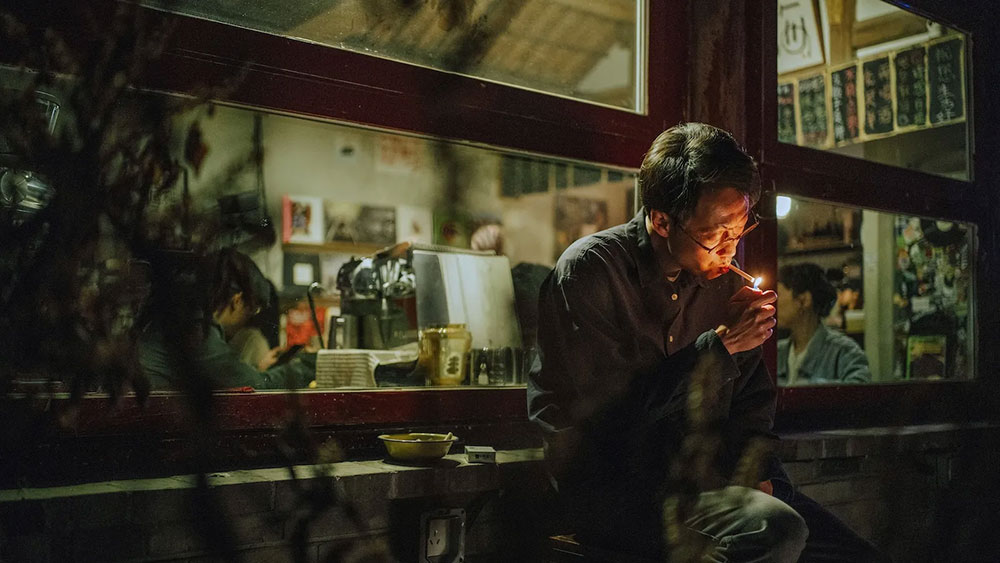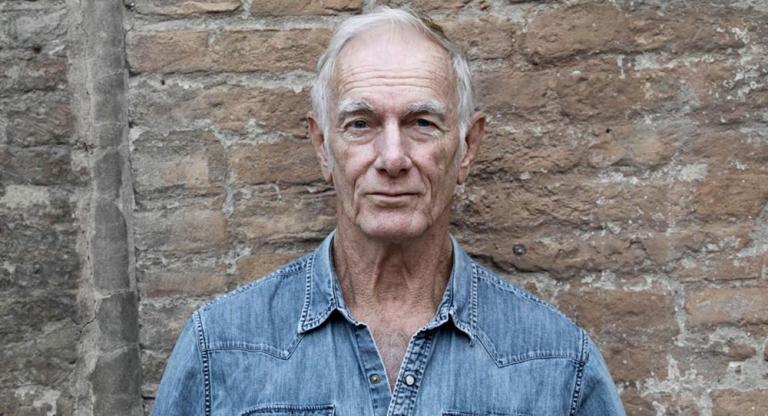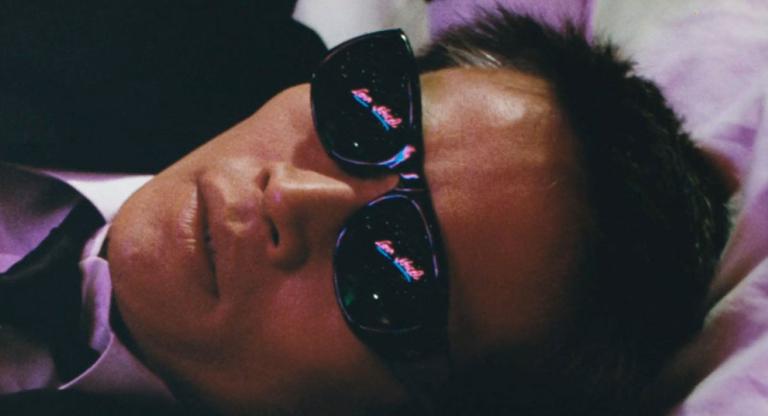The title of Zhang Lü’s latest feature, The Shadowless Tower (2023), is a reference to the White Pagoda in Beijing's Miaoying Temple. Almost as if it were a main cast member, the camera often finds itself gravitating toward the imposing Yuan Dynasty structure, which appears to not cast its own shadow. Like a perfectly aligned sundial, the 13th century tower represents a transitory midpoint, caught between the contradictory forces of past and future while remaining completely invisible in the present. Lü, a Beijing resident, articulates this quiet anxiety in a melancholic aria of repressed desires, irreconcilable pasts, and unfulfilled dreams.
Gu Wentong (Xin Baiqing) is a divorced, middle-aged food blogger, and ex-poet who spends his days visiting hole-in-the-wall eateries in Beijing. Reserved and mild-mannered, he is an idle soul who resides in a small infirmary-like home near the White Pagoda. Gu finds himself in a new relationship with Ouyang Wenhui (Huang Yao), a photographer almost half his age. While romantic desire simmers beneath the surface, both parties never act on it—instead they crack jokes and quietly contemplate. At the same time, Gu’s estranged father (Tian Zhuangzhuang), who was accused of sexual assault when he was a boy, gradually reappears in his life. Throughout the film, Gu and Ouyang lose themselves in the muted rhythms of Beijing, reluctantly unpacking repressed traumas and reconciling their place in an empty present.
There is a cliched tendency to present the Asian megapolis as a chaotic beacon of prosperity, as in Sofia Coppola’s Lost in Translation (2003) and Rene Liu’s Us and Them (2018). They are liminal spaces where urban nomads find themselves lost in a sea of bodies, illuminated by colossal LED billboards and caught in a nauseating whirlwind of flux. Yet, Lü’s tender portrait of a modern Beijing is one defined by stillness. Rarely are Gu and Ouyang crammed into tight spaces or scurrying through crowded alleyways. Extended shots, that gently drift through the city streets, linger on the cityscape in wide. Often, the camera captures the two protagonists in solitude—almost as if they are the sole inhabitants of the ancient capital.
Lost in the city center, encircled by a network of archaic landmarks and towering condominiums, Lü’s despondent subjects aimlessly navigate shifting sands. The Shadowless Tower is a poignant exploration of city life in the 21st century. On one hand, people’s memories of the families they left behind become increasingly distant and their roots begin to rot. On the other, their adoptive cities continue to be swept up in the ceaseless tides of modernization, leaving these urban migrants drowning in a sense of perpetual uncertainty. Caught in the throes of post-industrial growth, wandering souls find themselves suddenly transformed into dated relics of a distant reality. Gu and Ouyang are part of a generation trapped in a languid and desperate cycle of longing.
The Shadowless Tower screens this afternoon, March 16, and throughout next week, at Metrograph as part of the series “A Touch of Wong Hongwei.”



